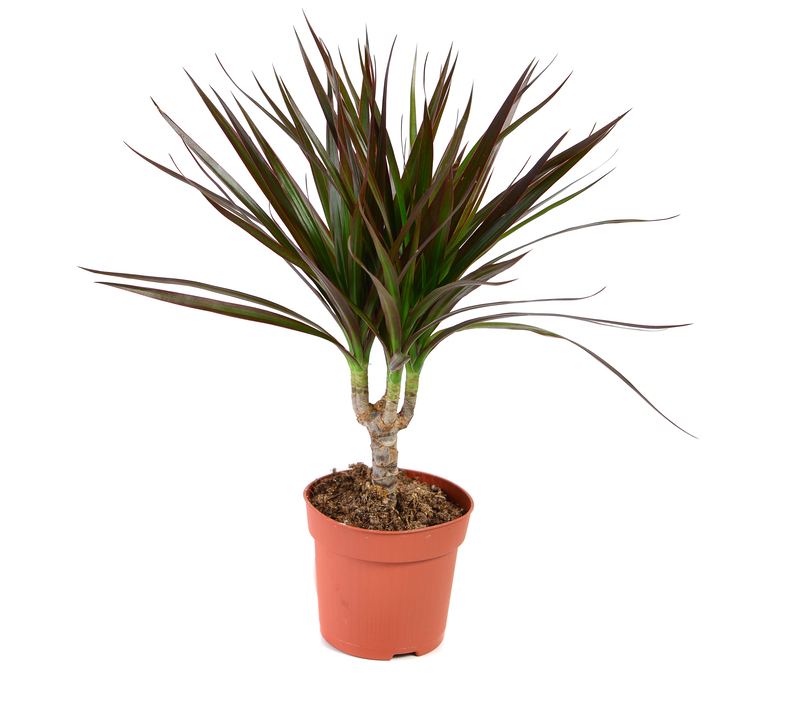Ultimate Lawn Care: 7 Essential Tips
Posted on 12/10/2024
Achieving the perfect lawn can often feel like an elusive dream, but with the right care and attention, it's entirely within your grasp. Whether you're a seasoned gardener or a green-thumbed novice, these seven essential tips will help you cultivate a lush, emerald-green lawn that can be the envy of the neighborhood.
1. Know Your Grass Type
The first step in effective lawn care is understanding what type of grass you have. Different grasses thrive in different climates, soil types, and require varying levels of care. Common types include Bermuda, Kentucky Bluegrass, and Fescue. By knowing your grass, you can tailor care practices to suit its unique needs.

2. Water Wisely
When it comes to watering, more isn't always better. Overwatering can lead to a shallow root system and fungal issues. Aim to water your lawn deeply but infrequently, typically one inch of water per week, including rainfall. Early morning is the best time to water to reduce evaporation and prevent disease.
3. Mow Correctly
Proper mowing is crucial for lawn health. Set your mower blades to the recommended height for your grass type, generally between 2.5 to 3.5 inches. Mowing higher helps grass develop deeper roots and more shade which reduces weed growth. Remember to never cut more than one-third of the grass blade in one mow.
4. Fertilize Appropriately
Fertilization provides the necessary nutrients for your lawn to thrive. A well-timed application of fertilizer can make a significant difference. Use a balanced, slow-release fertilizer in early spring and another application in the fall. Too much fertilizer can harm your lawn, so stick to the guidelines.
5. Aerate Your Lawn
Over time, soil can become compacted, which restricts the movement of air, water, and nutrients. Aeration involves making small holes in the lawn to alleviate compaction and enhance root growth. This can be done using a garden fork or a specialized aerator annually, ideally during the growing season.
6. Control Weeds Naturally
Weeds are the nemesis of a healthy lawn but resorting to chemical herbicides can cause more harm than good. Opt for natural weed control methods such as regular mowing, proper fertilization, and hand-pulling. Corn gluten meal, a byproduct of corn processing, can also act as a natural pre-emergent weed control.
7. Seasonal Lawn Care
Different seasons demand different lawn care strategies. In spring, focus on dethatching and fertilizing, while summer requires diligent watering and mowing. Fall is ideal for aeration and overseeding. Winter care involves keeping the lawn clear of debris and minimizing foot traffic on frosty grass.
Pros and Cons of Lawn Care
Pros:
- Enhances curb appeal
- Improves air quality
- Increases property value
- Creates a safe play area for children and pets
Cons:
- Requires time and effort
- Can be costly
- Environmental concerns with fertilizer and water usage
- Potential for pest and disease issues

Key Takeaways
- Identify your grass type to tailor your care regimen appropriately.
- Water deeply and infrequently, preferably in the early morning hours.
- Maintain proper mowing practices, keeping your mower blades sharp and set to the correct height.
- Utilize balanced, slow-release fertilizers at the appropriate times of year.
- Aerate the lawn annually to alleviate soil compaction and improve root health.
- Use natural weed control methods to maintain a healthy and environmentally friendly lawn.
- Adapt your lawn care practices to the season for optimal results.
Conclusion
Achieving the perfect lawn involves understanding your grass type, watering wisely, mowing correctly, fertilizing appropriately, aerating to enhance root health, controlling weeds naturally, and tailoring your care practices to the changing seasons. While lawn care requires time and effort, the rewards are well worth it. A beautiful, lush lawn not only improves your home's curb appeal but also provides a healthy environment for outdoor activities. By following these seven essential tips, you can enjoy a thriving lawn all year round.






 Certified and experienced landscapers
Certified and experienced landscapers



 Get a Quote
Get a Quote